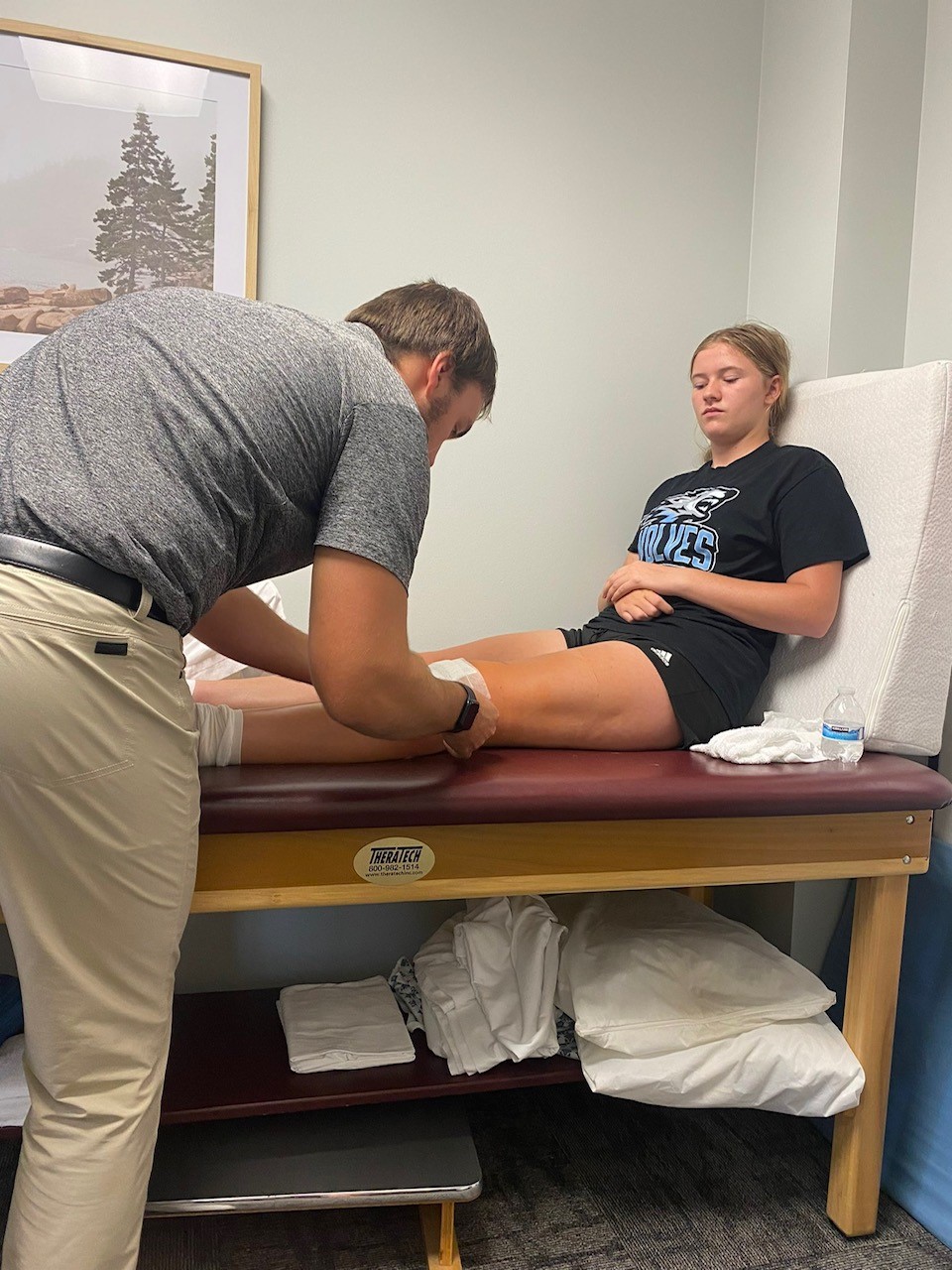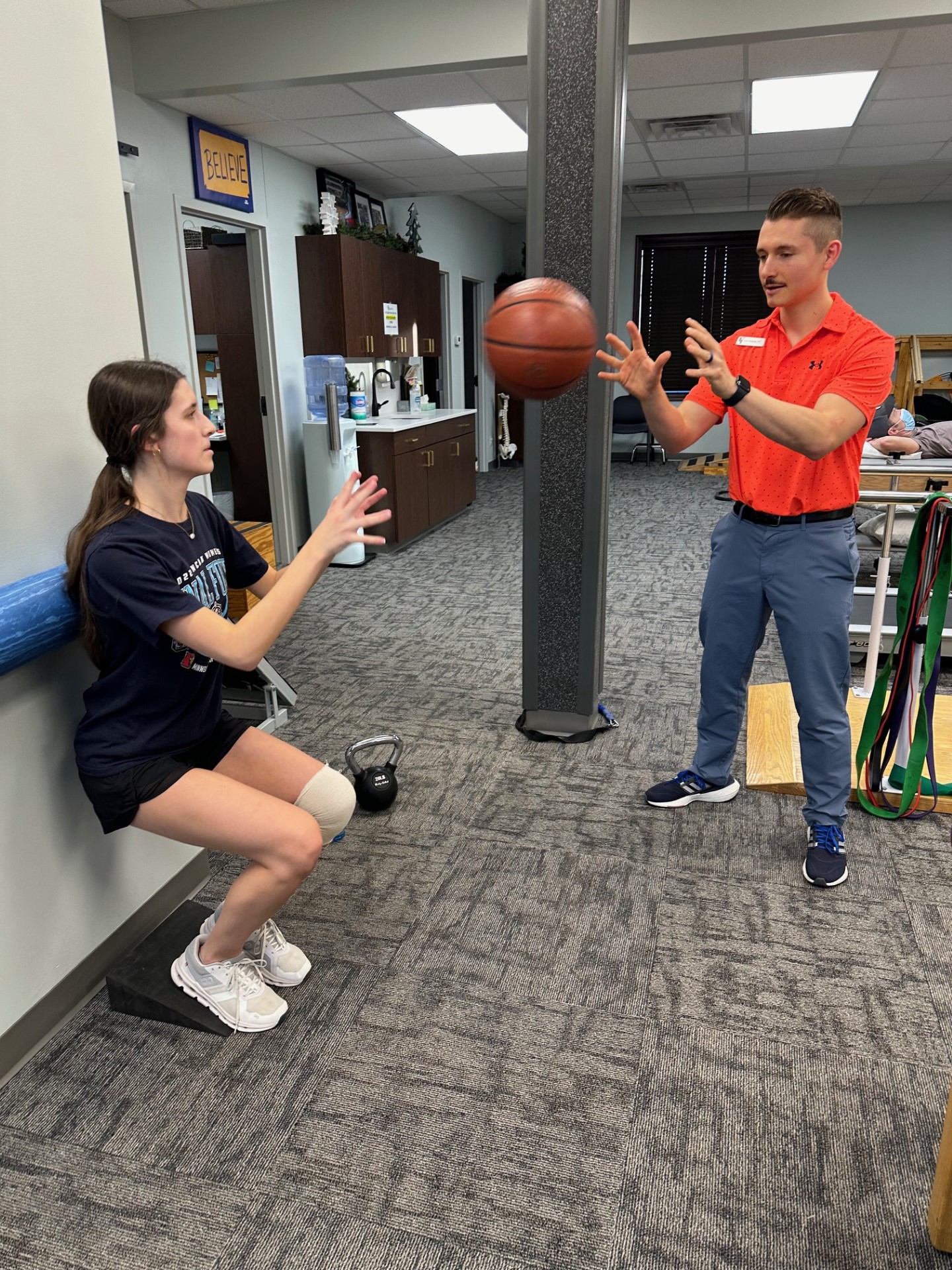Back in the Game: A Comprehensive Guide to Returning to Play After ACL Reconstruction Surgery
Facing the challenge of an ACL (anterior cruciate ligament) injury and subsequent reconstruction surgery is a significant hurdle for any athlete. However, the journey doesn’t end with surgery; the true test lies in the successful return to play. In this blog, we will delve into the key components of a proper return-to-play strategy for athletes who have undergone ACL reconstruction surgery. 
Understanding ACL Reconstruction:
ACL reconstruction is a surgical procedure that involves replacing a torn or damaged anterior cruciate ligament in the knee. This injury is common among athletes participating in sports that involve sudden stops, changes in direction, or jumping.
The Road to Recovery:
- Work closely with a qualified physical therapist: A structured rehabilitation program, guided by a physical therapist, is essential for regaining strength, flexibility, and range of motion.
- Gradual progression: Rehabilitation typically involves progressive exercises, starting with gentle movements and gradually advancing to more complex activities as the knee heals.

Return-to-Play Criteria:
- Meeting physical benchmarks: Athletes should meet specific criteria before returning to sports, including strength, stability, and functional performance benchmarks. This is usually assessed by both the surgeon and physical therapist.
- Psychological readiness: The mental aspect is as crucial as the physical. Athletes need to be confident in their knee’s stability and trust that they can perform without fear of re-injury.
- Specificity is key: Tailor training to the demands of the particular sport. This includes drills and exercises that mimic the movements and intensity of the athletic activity.
- Focus on biomechanics: Proper body mechanics are crucial to prevent future injuries. Coaches and trainers should emphasize correct landing and cutting techniques to reduce stress on the knee.
Nutrition and Recovery:
- Adequate nutrition: Support the healing process with a well-balanced diet rich in nutrients that promote tissue repair and overall health.
- Sufficient rest and recovery: Adequate sleep and recovery are integral to the rehabilitation process. Athletes should prioritize rest days and listen to their bodies.
Returning with Confidence:

Communication with Healthcare Team:
Open dialogue: Maintain open communication with surgeons, physical therapists, and coaches. Regular check-ins help ensure that everyone is on the same page regarding progress and concerns.
Monitoring for Warning Signs:
Watch for red flags: Athletes and their healthcare team should be vigilant for signs of overtraining, persistent pain, or any indication that the knee may not be ready for the demands of sports.
Long-Term Injury Prevention:
Ongoing strength and conditioning: Maintain a consistent strength and conditioning program even after returning to play. This helps prevent future injuries and promotes overall athletic performance.
Conclusion:
Returning to play after ACL reconstruction surgery is a meticulous process that requires patience, diligence, and collaboration between athletes, healthcare professionals, and coaches. By following a comprehensive rehabilitation and return-to-play plan, athletes can not only resume their sports but also thrive with a reduced risk of re-injury. Remember, it’s not just about returning to the game; it’s about returning stronger, both physically and mentally.
Make an Appointment Today! »
Your Comeback Story Starts Here!
